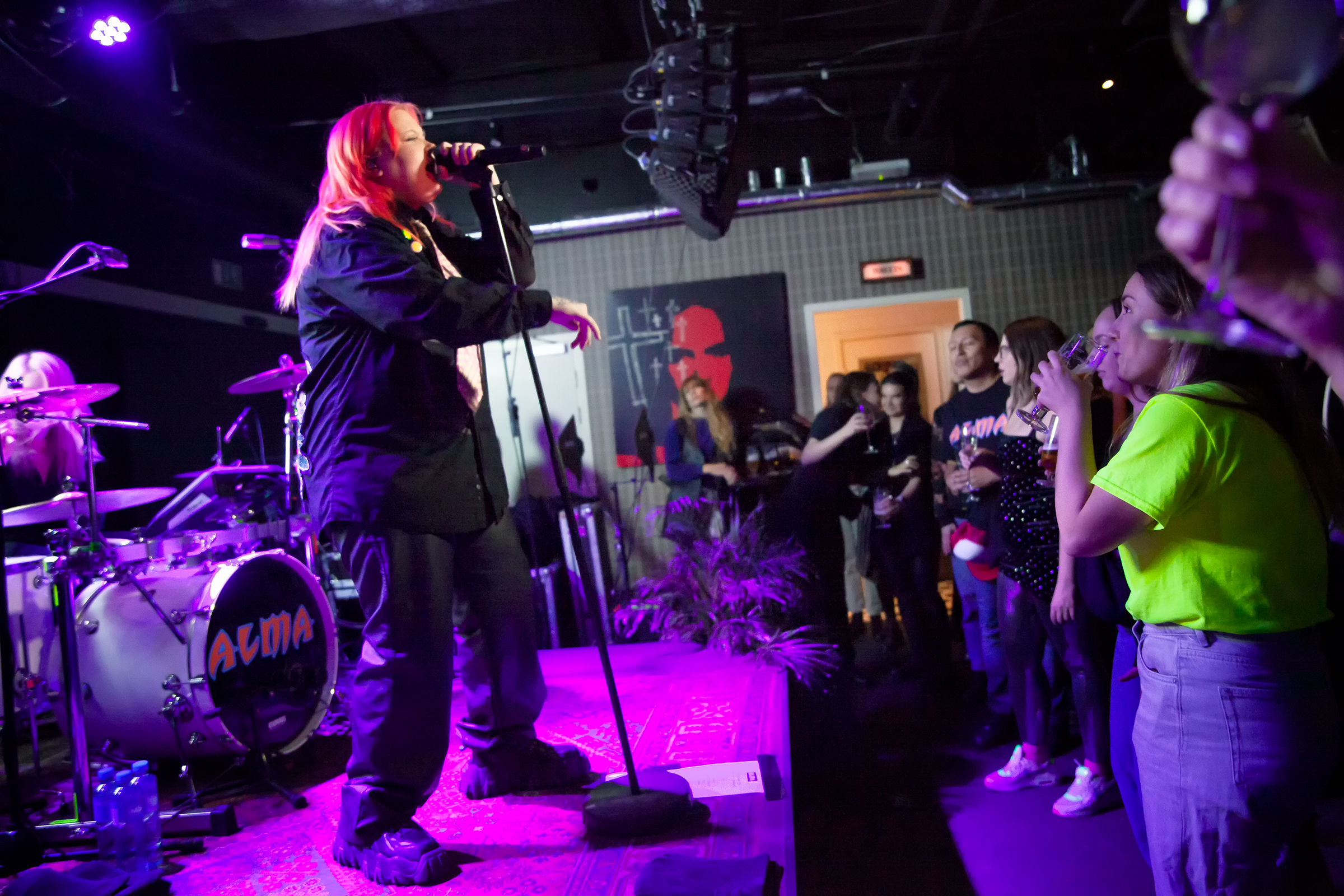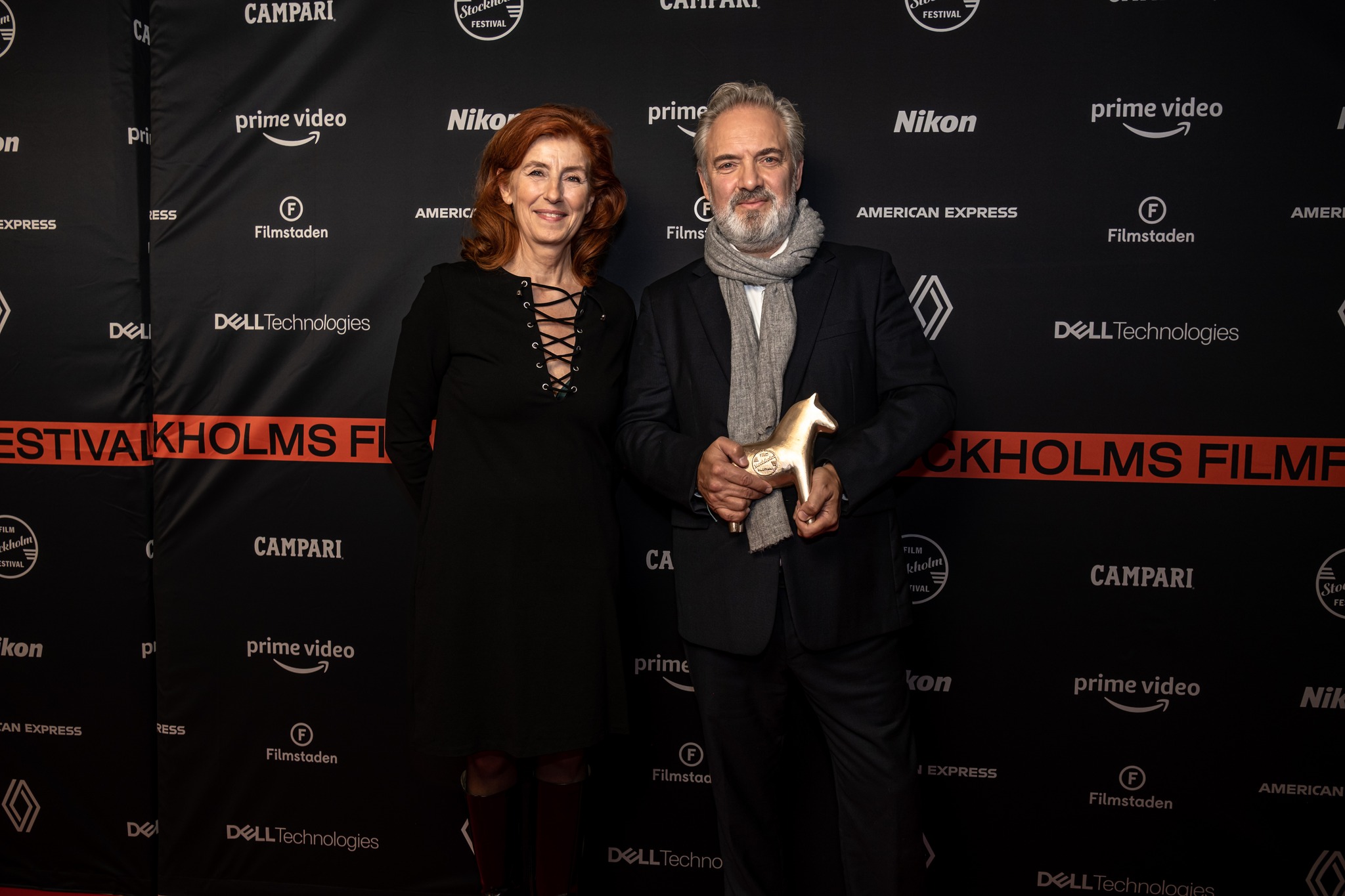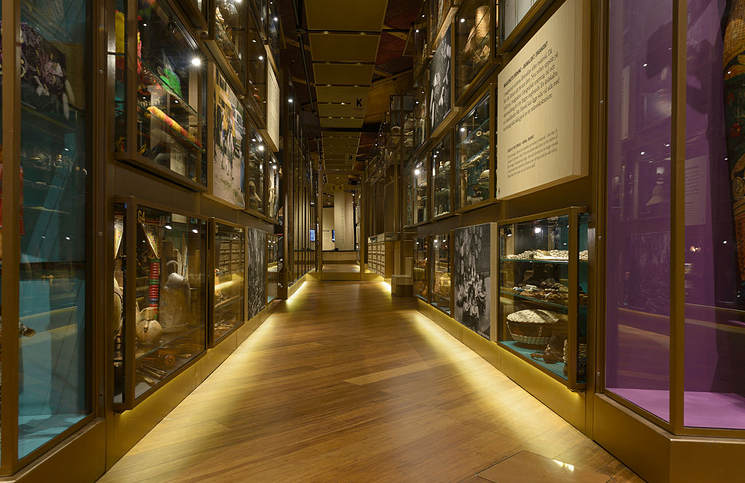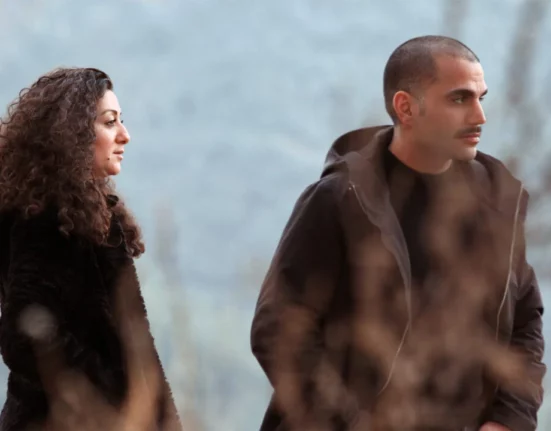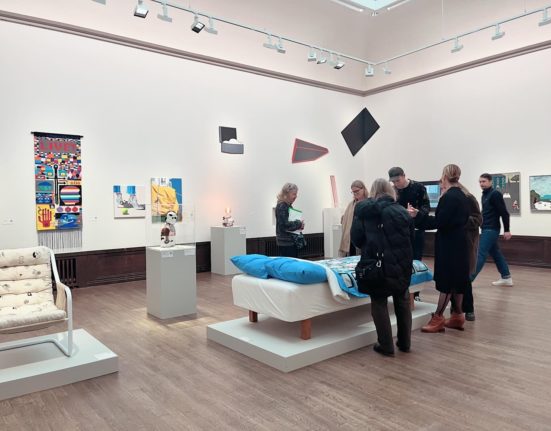What happens when the weather throws a tantrum and ruins your picnic plans? Through gritted teeth and mumbled expletives, do you get online and Google “What to do when the weather is crap in Stockholm?” I sure do!
Being a class-A nerd, the Museum of Ethnography was the perfect solution for me. Located at the southern end of Ladugårdsgärdet, there’s a replica Haisla Nation totem pole by the door. The original – “acquired” in 1929 by Swedish explorers – was returned after much negotiating in 2007. The Haisla donated a replica for their…trouble.
This sets the tone as the museum delves into the pros and cons of historical anthropology (such as why you should not let grave diggers steal freshly deceased aboriginal bodies from Australia and ship them to Sweden and other stories of explorers behaving badly).
Cramming in 440,000 artefacts – donated, acquired and, as the captions remind us, pillaged from the days of colonialist expansion – the museum appeals to the inner Indiana Jones (or Lara Croft) in us all. Or is that just me?
The permanent exhibit on the first floor, With the World in a Backpack, showcases early Swedish explorations. A small shrine to Linnaeus displays the curiosities he classified such as a baby rhinoceros skin (even creepier than it sounds) and a horned dinosaur skull. There’s a section about a bunch of missionaries in The Congo in the 1920s.
It’s all fine and dandy until you reach the photographs of Congolese with both hands chopped off. And the whips used by plantation owners to flagellate their workers. That’s when you feel your lunch coming up for round two. I backed away in search for the Sven Hedin section. On a trip to China I gazed into the face of a mummy with the caption “Discovered by Sven Hedin, Swedish explorer.”
Who, you ask?
Turns out the man basically “discovered” Central Asia, unearthed ancient cities and was fluent in Chinese, Tibetan and several Persian dialects. (Feeling like an underachiever yet?) The museum is the headquarters of the Sven Hedin Foundation, and I hoped to see a mummy or two. But apart from a few personal artefacts, Buddhist statues, Hedin’s illustrations and some photographs, there wasn’t much to see. His adoration for Hitler and other questionable historical “heroes” probably hasn’t garnered him many adoring fans in Sweden, hence – not famous.
The Storage section, Magasinet, was my favourite, flaunting all rules of museum etiquette where objects are grouped together in beautifully planned chaos. Balinese festival gear shares space with lethal weapons and royal thrones.
You can even pull open drawers and find embroidered caps, hunting arrows and Chinese miniatures depicting ancient torture techniques.
There are no captions or labels (which is either genius or frustrating as hell) but you can listen to an audio guide or borrow a tablet to find out more at your leisure (oh so Swedishly diplomatic).
There’s a second floor with permanent exhibits from the Arctic, South America, Japan and America and their special exhibitions change regularly. While it may be small, one must admit this museum packs a punch. It will swallow up a good chunk of time and energy, so get there early and get a snack between exhibits!
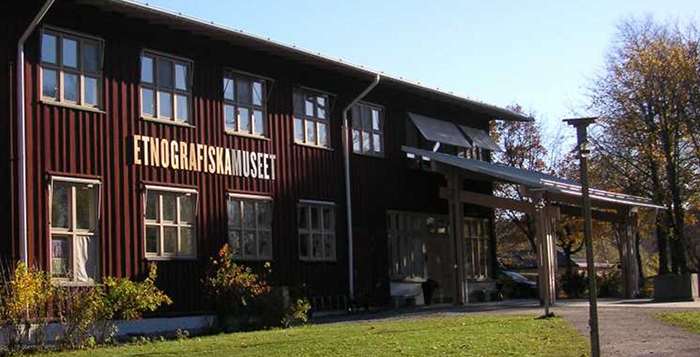
Pros:
Plenty of comfy seats
Short films for those too lazy to walk
Regular workshops
Cons:
No signage – its nice to know what’s located where since it sucks when you find a whole entire floor with only one hour left
No English – pick up a disorganized English guide to know what you’re looking at
Must See:
Waterproof parka made from seal intestines
Human femur flute
How to get there:
Catch bus 69 to Museiparken.
Damage:
80 SEK (no student discounts)
Free up to 19 years
Images: Wikipedia

